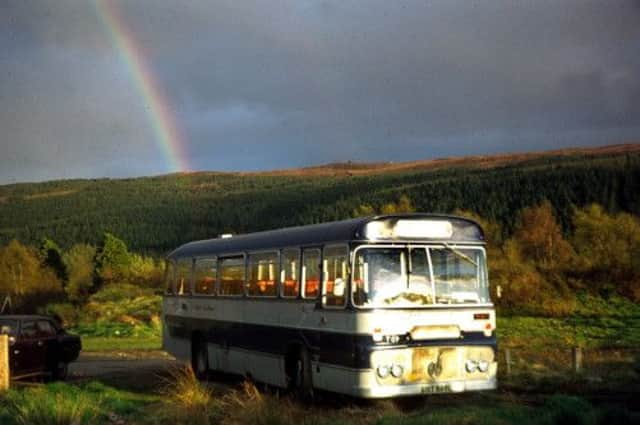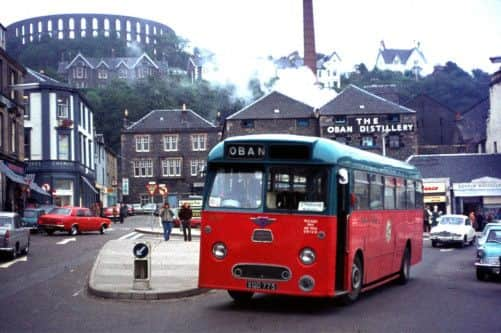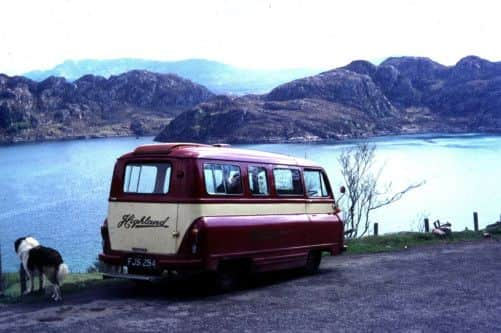Highland Buses: A book 50 years in the making


Retired surgeon John Sinclair, 72, fell in love with Highland Omnibuses as a schoolboy and later travelled far and wide to get snaps of the vehicles amidst stunning landscapes and against mountain backdrops.
Now his book, Highland Buses, is available on Amazon and winning rave reviews from readers.
Advertisement
Hide AdMr Sinclair, from Milngavie, East Dunbartonshire, said: “It’s all about nostalgia. It’s not just about buses, it’s about the rural scenery and the signs of the times.


“None of the pictures were taken at bus stations or stances but all over the Highlands in rural settings. I just did it for fun. I love travelling around and talking to people.
“It’s an unusual topic for a book. The photographs are unique; nobody else was doing it at the time.”
Mr Sinclair’s love of buses began with his 17-mile journey to and from school every day, and in 1961 he bought his first 35mm camera with colour slides.
His family had relatives in Inverness, and as he grew older, he made numerous trips to the Highlands where his unusual hobby took hold.


“I had relatives in Inverness but I hitchhiked everywhere to get there as I didn’t have a car,” he said.
Advertisement
Hide Ad“You just stood and smiled and people stopped in those days. I occasionally travelled by bus, but only short distances because I couldn’t afford it.
“I loved the scenery and the idea of narrow rural roads in the Highlands.
Advertisement
Hide Ad“They weren’t just straightforward A to B bus routes. Buses were part of social life back then.”
After moving to Edinburgh as a medical student in the 1960s, he continued to visit the Highlands at least twice every year.
His favourite spot was the nuclear reactor in Dounray, Caithness, where 40 old buses dropped off and picked up staff.
Mr Sinclair said: “There were no youth hostels in Thurso, so I often stayed in police cells and signed out at six o’clock in the morning.
“You could do that back then because there was nowhere else to stay.”
The buses John photographed were run by Highland Omnibuses, part of the state-owned Scottish Bus Group that operated services throughout Scotland.
Advertisement
Hide AdThe company ran services throughout the Highlands, from Thurso and Wick in the far north through Fort William to Oban in the south, and west to Kyle of Lochalsh and the ferry to Skye.
Over the decades he has spent photographing buses, he has noticed a number of changes in the way they are operated.
Advertisement
Hide AdHe said: “Back then there were bus conductors who worked with the driver as a team and it was a much more leisurely way of life.
“The conductors and drivers would spend a lot of time chatting with passengers. Some buses were even known to take prescriptions to houses. It was part of community life. Now, the schedules are so tight and there are no conductors. Personal contact is lost.”
Mr Sinclair is still travelling around the Highlands and other remote locations to take pictures of buses, but he says: “sadly there isn’t much variety these days.”